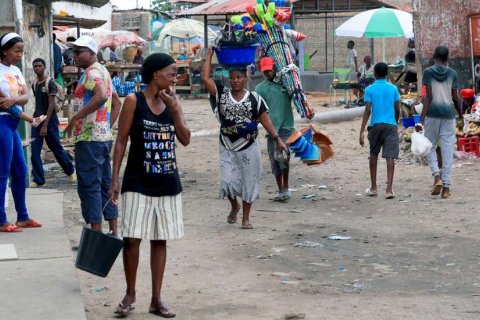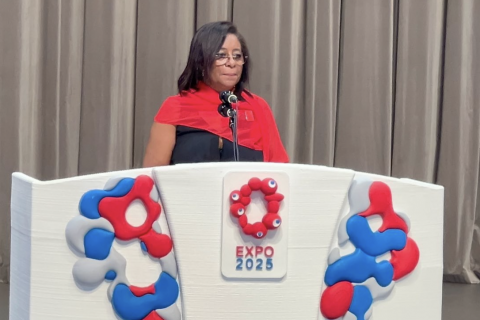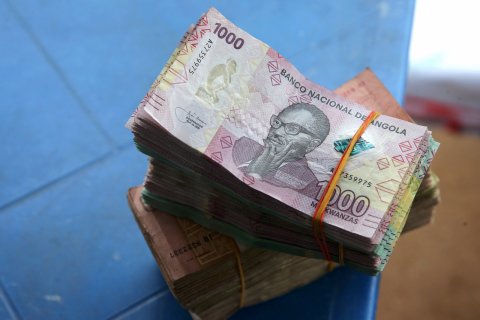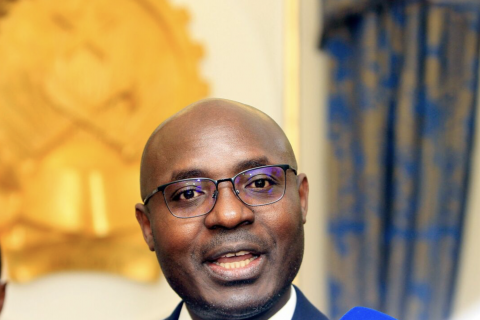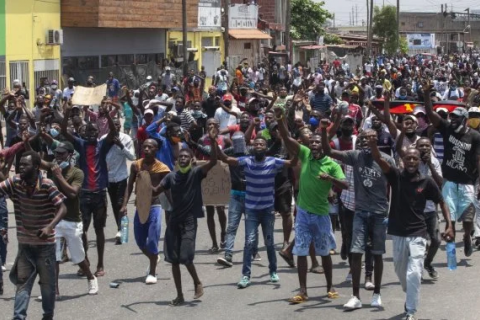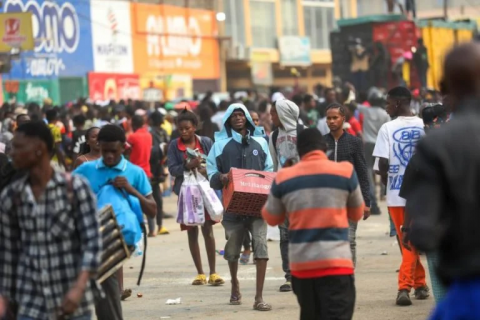The violence coincided with President João Lourenço's return to the country after a three-day visit to Portugal.
The taxi strike left thousands of people on foot, without transportation to get to work or return home, and many remain stranded at their workplaces this afternoon, fearing unsafe streets.
Groups of angry young people invaded several areas of the city and its outskirts, blocking roads with barricades and burning tires, looting businesses, and vandalizing vehicles, including police cars, forcing officers to resort to gunfire to disperse crowds, as Lusa reported in the Calemba 2 area.
A Lusa team—which was threatened with stone-throwing by bystanders—witnessed at least one body on the street. Other witnesses claim there are more deaths, although the police, which claims to have the situation under control, have not confirmed any deaths or released the number of arrests.
Several stores and supermarkets have closed their doors as a precaution, as have some schools, pending a possible return to normality. In videos shared on social media, young people are seen burning posters depicting the President of the Republic, carrying food items taken from vandalized stores, and chasing vehicles that dared to use them.
A gathering of motorcyclists in downtown Luanda was stopped by a heavy police presence, and the Presidential Palace saw increased security, with police and military personnel deployed.
Many of the capital's gas stations were surrounded by officers to avoid public anger, but traffic is mostly on foot in a city where many drivers avoid the streets for fear of attacks.
With the few buses that were running being targeted, public transportation was completely shut down.
Police blocked several roads where people had erected barricades and burned tires, and decided to close traffic to control the disturbances.


